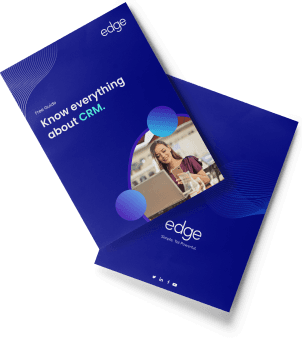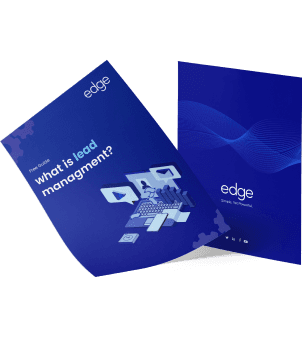Who doesn’t enjoy a well-narrated story?
Regardless of who your target audience is or what you’re selling, incorporating an engrossing story into your sales presentation allows you to entertain, engage, and educate your audience.
Today, we’ll be looking at some of the tips and techniques of how a sales professional should use effective storytelling in sales and elevate his/ her sales pitch.
What are the key benefits of storytelling in sales?
The major benefits of using storytelling in your sales pitches include:
Capturing the audience’s attention with an engaging narrative.
Generating more interest in your product or service.
Making data more meaningful and memorable by connecting it to real-world examples.
Earning your prospect’s trust. A great story can lead to the release of oxytocin, which creates a deeper bond between the storyteller and their audience.
Motivating your prospect to take a specific action by demonstrating the positive results of doing so.
So, now we know, that storytelling in sales is very beneficial for the business. Let’s see the 5 simple tips every sales professional should follow while expressing his brand’s story in a pitch/ meeting.
Get a basic outline of how your story will be:
Most stories have a clear introduction, middle, and conclusion. This structure makes the story straightforward and easy to follow.
Also, your storytelling in sales must focus on your prospect’s journey. Create your pitch using the following as your guide:
Who is the main character?
What main challenge does the character face?
How will the character overcome the challenge?
Personalize your sales story:
This is probably the most crucial part of storytelling. It takes a little work but pays off big when you are closing deals.
Use past clients’ experiences (such as case studies) to tailor the message to your prospect. Also, check industry changes that could impact your prospect’s business and weave that information into your story.
Practice what you are going to say:
Whether you’re sending an email or doing a cold call, you must read your story out loud. Practice it multiple times to ensure it feels natural for you and sounds authentic to your listener.
Practice it as if you’re talking to your target prospect. That way, you’ll pick up on awkward language that can make your pitch seem robotic.
Balance the narrative with facts:
People tend to make emotional decisions, but in the business world, they need real data to back up those choices. Even if your prospect is moved by your sales story, they won’t be able to justify their decision if you don’t provide them with the relevant supporting facts.
One way to effectively communicate important stats is to tell several different anecdotes over the course of your presentation. This allows you to illustrate the key takeaways that you want your prospect to remember without overwhelming them with too much information at once.
Use metaphors to leave a lasting impression:
Metaphors, similes, and vivid imagery can bring a story to life. This type of language helps your audience visualize what you’re talking about and allows your message to ‘click’ and resonate with your listeners.
An effective metaphor can also simplify complicated concepts, thereby providing your prospect with a better understanding of the problems and solutions presented.
Stories are memorable and relatable, and adding them to the sales process is an effective way to address difficult or challenging issues. If you want to learn the simple tips on how to use storytelling in sales to wow your prospects, register for the fantastic webinar by Prabodh Deolekar happening on 29th October.













